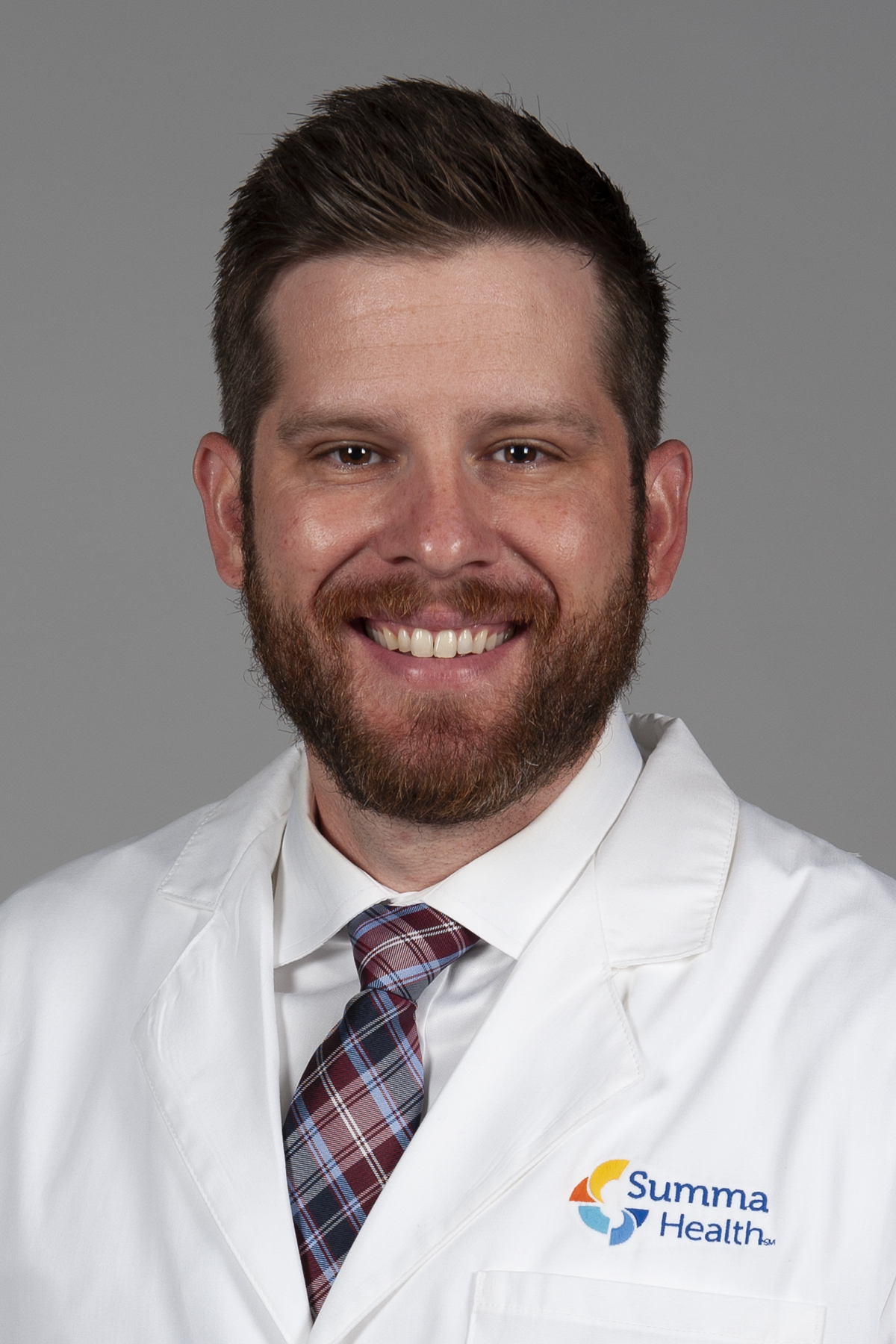Sports Injury? Check Out 5 Non-Surgical Treatments That Offer Quicker Recoveries
Posted March 13, 2023 by Zachary Vallandingham, D.O.

A sports injury can be scary, especially if you're facing surgery that could keep you sidelined for weeks, if not months.
Fortunately, surgery isn't always the best option when you suffer an injury from playing a sport, exercising, or participating in recreational activities. A wide range of non-surgical treatments are available today that effectively treat muscle pain, joint pain, and lack of mobility.
A sports injury encompasses the musculoskeletal system, including bones, muscles, joints, tendons, and soft tissues. Non-surgical treatments are great for back pain, foot pain, joint and ligament injuries, muscle pulls, tendon strains, and overuse injuries such as stress fractures, shin splints, and tendinitis.
If you're suffering a sports injury, your provider will likely perform a comprehensive evaluation and recommend a treatment plan based on the extent of your injury, medical history, and pain.
Summa Health highlights 5 common non-surgical treatments for injuries related to sports that are helping athletes—and non-athletes—recover faster and without surgery to get them back in the game. In many cases, your physician may recommend more than one treatment option.
Rest
In some cases, resting the area is the best medicine to allow the injury to heal on its own. Many providers recommend the RICE treatment, which stands for rest, ice, compression, and elevation.
Anti-inflammatory medications
Different oral medicines can be used to decrease pain. They can include non-steroidal anti-inflammatory drugs (NSAIDs), such as aspirin and ibuprofen. Nerve pain medications may also help decrease pain while the injury heals.
Injections
Several types of injections providers use to treat injuries, ranging from tennis elbow to plantar fasciitis to arthritis.
- Steroid injections can be used to reduce swelling, pain, and stiffness. They are often injected into joints and can take five to seven days to provide relief.
- Viscosupplementation injections involve injecting hyaluronic acid, a natural substance found in joint fluid, into your injured or arthritic joint. This treatment helps relieve pain and inflammation.
- Platelet-rich Plasma (PRP) injections take advantage of your blood's healing factors. Your blood is drawn and then separated using a specialized machine. The platelet-rich plasma portion is then injected using ultrasound guidance into the injured area to speed healing.
- Stem-cell injections involve ultrasound-guided injections of your own stem cells (regenerative cells). The stem cells are typically harvested from your bone marrow or fatty tissue. These stem cells are then injected into the injured or arthritic joint to promote healing.
Immobilization
Braces, boots, or casts can be used to restrict motion to allow an injured area to heal. These devices are used to support and protect broken bones or torn ligaments while healing.
Physical therapy
Physical therapists use specific and targeted exercises to stimulate healing and restore strength and range of motion to the muscles, soft tissues, and joints that suffered damage due to your injury. Physical therapists will create a personalized exercise plan that will not only help you heal faster but also reduce your risk of reinjury in the future.
The good news is you can typically start many of these non-surgical treatments right away. Some provide quick relief, while others can take several weeks for maximum effect. If you don't find relief from these treatments, surgery may be necessary to get you back in the game.
About the Author
Vitality eNews Sign Up
Receive the Summa Health eNewsletter for the latest health tips, advice and updates.


